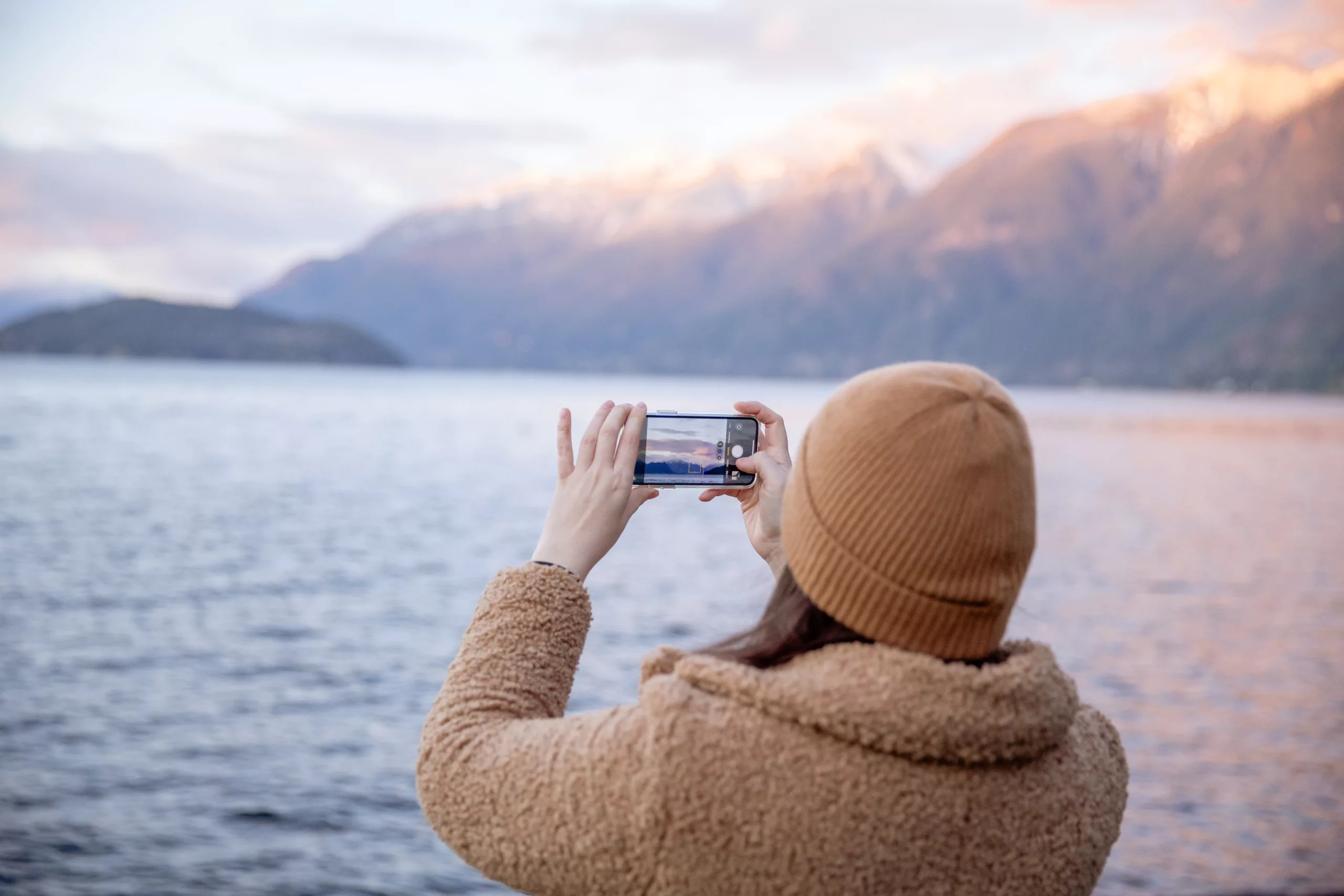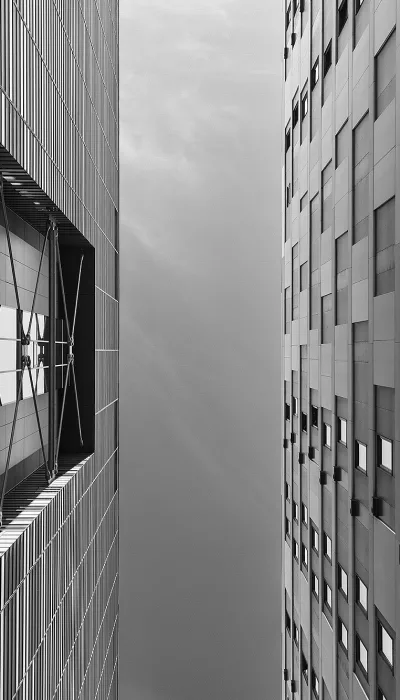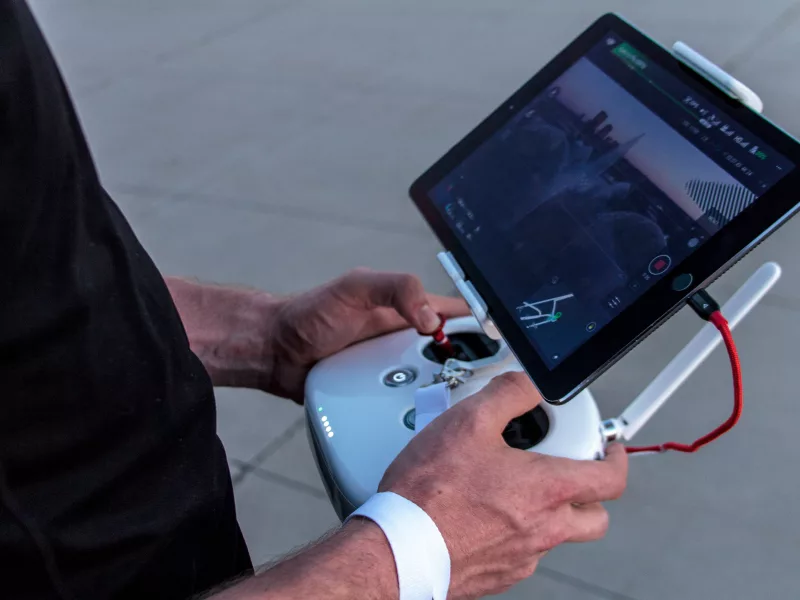
6 Mobile Photography Tips Every Photographer Should Know
Nowadays, everyone has a camera with them on their smartphone For a long time the quality of camera phones was nowhere near as good as professional cameras. But after every new release they are getting better and better. While it might seem challenging, taking advantage of all the photographic perks that new phones include is not as hard as it looks.
The quality that professional cameras offer in modern times is unmatched. Still, you don’t really have to purchase an expensive professional camera to take beautiful, high-quality, professional-looking photographs that will look stunning with just a quick edit. Get more info and photo editing tips by reading this article.
In this article I will be sharing the 6 top tips to take stunning photos with your mobile.
Clean Your Lenses
The lenses of your phone are in contact with your hands and all kinds of surfaces all the time, collecting streaks, lines, dust spots, and fingerprints. So make sure to clean them whenever you take photos to ensure you get the best quality, sharp, and clean photos. Don’t risk getting overexposed light lines, blurry photos, or dark spots.
Cleaning the lens might seem obvious, but most people forget it when taking a quick, pretty picture. We advise that you use a soft clean cloth on your lens.
Set The Focus Manually
When you’re taking a closer frame, and the main subject in your photograph still looks blurry, probably your automatic focus is focusing on a different spot. So compose your frame and adjust your focus point manually so the main object in your frame is sharp and clear.
Use HDR for Evenly Lit Photos
This feature stands for High Dynamic Range and is increasingly common to find on smartphones. It helps you take landscape photos without uneven contrast or exposure.
When taking a longer landscape shot, you’ll probably end up with one of these issues; either the highlights are overexposed, and the darker areas are well lit, or the highlights are well focused, and the darker areas are pitch black. So what HDR does is capture details evenly in both the dark and light parts, so it’s not overexposed or too dark.
Activate Autogrid
Exposure and sharpness are important for quality photographs. Still, the rule of thirds is an easy way of elevating the level of an average-looking photo, turning it into a beautiful, professional shot.
The gridlines divide the screen into nine different segments; the goal is to put the main focus points of your frame in the four points where the lines meet to create a stunning composition. It helps you level the composition and get a good reference of where to place your subjects.
Even when taking a symmetrical photo, the gridlines can help you center and balance your composition to get a pleasing, seamless image.
Take Your Photos Outdoors With Natural Light
Smartphones are equipped with very small sensors, making it hard for them to produce great shots without enough light or interior artificial lights. Lighting not only determines how bright or dark your photo will be but also how nitid, clear, and what the tone and atmosphere of the photograph will be like.
Natural light is a fantastic trick when you don’t have proper lighting to shoot in interiors but still want to create fantastic quality images. However you still need to be aware that there are certain times of the day, early morning and evening where the sun is lower in the sky, that provide the best natural light.
Shoot in Burst Mode
Taking action photos is hard even for experienced photographers because timing and luck are what it takes to create a steady image when taking photos of a subject in movement. But the technology of smartphones allows you to shoot in burst mode, which means shooting multiple simultaneous frames in a couple of seconds.
When you have 50 instead of five photos, the chances of having the perfect shot increase, and you don’t even have to be a professional photographer to create stunning action frames.

Wrapping Up
The most important thing to keep in mind when learning to use your smartphone’s camera is experimenting. Once you know what your camera offers and how to get the desired look for each situation, moving through the settings and generating quality pictures becomes easier.
Don’t be afraid of the learning curve; start shooting now, and in no time, you will create your very own style and narrative.
Author:
Miley Dowing, founder of Daily Cup of Tech
Photos used in the article:
Photo by Tatiana Syrikova on Pexels.
Photo by Sl Wong from Pexels









